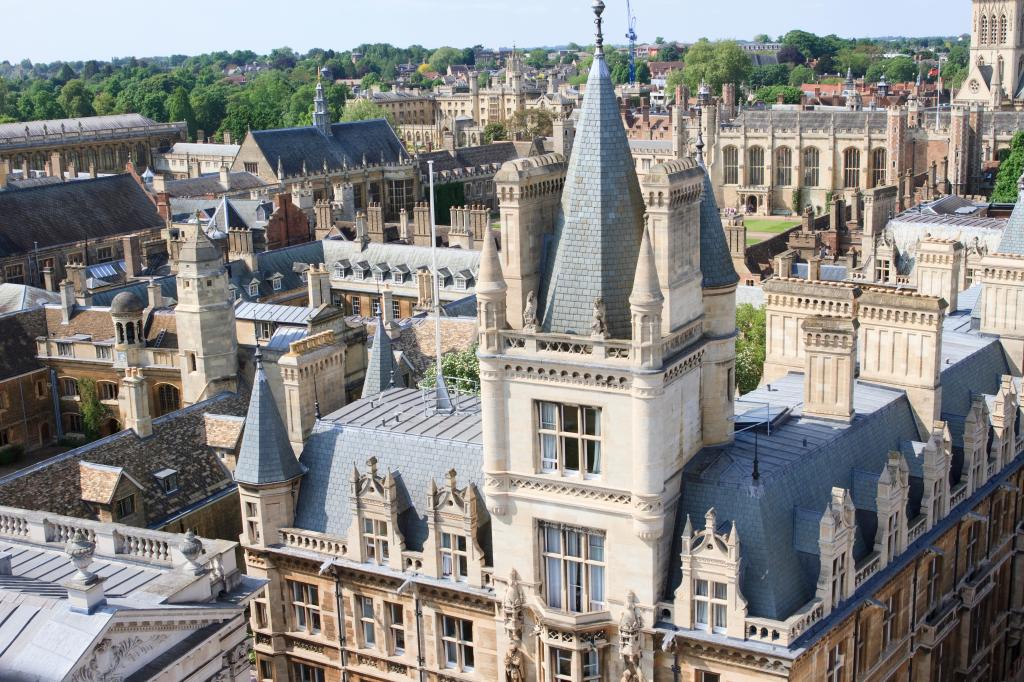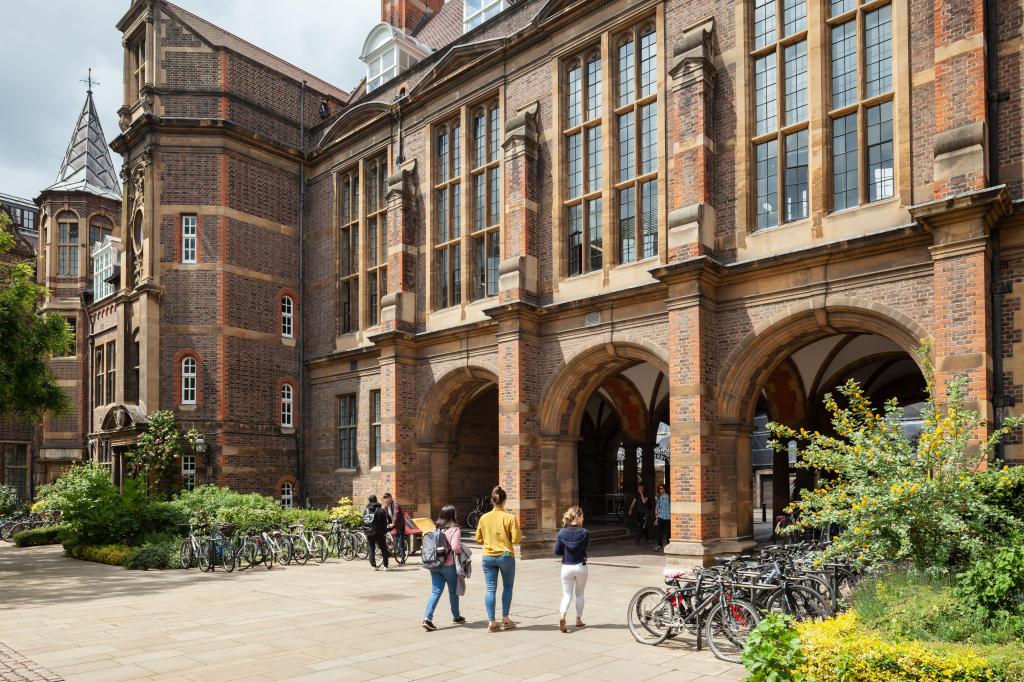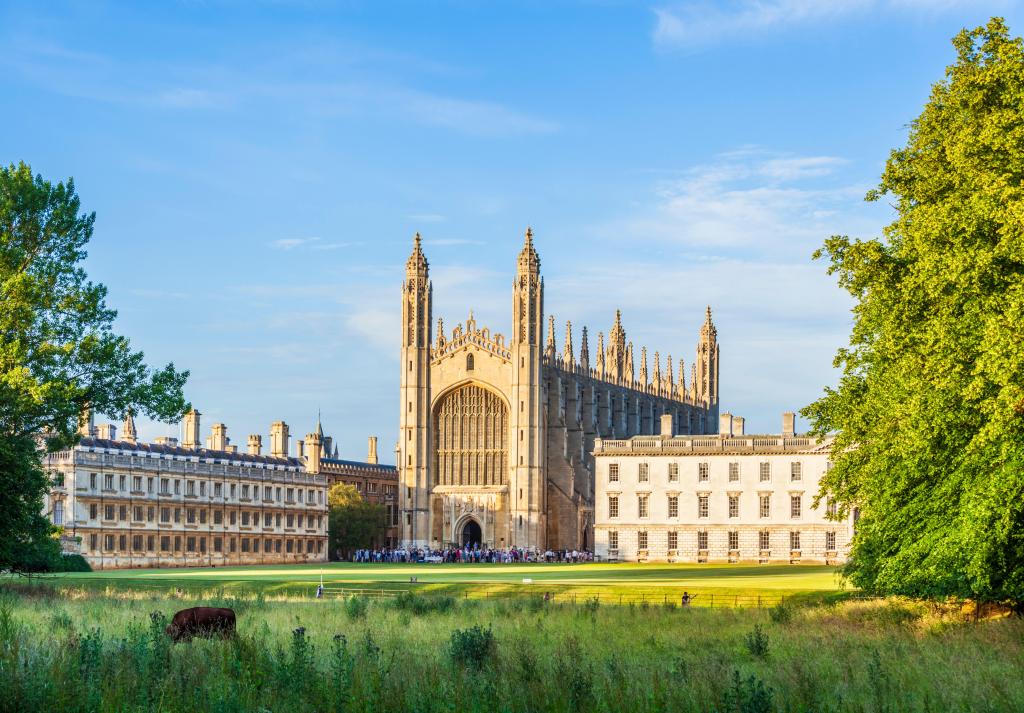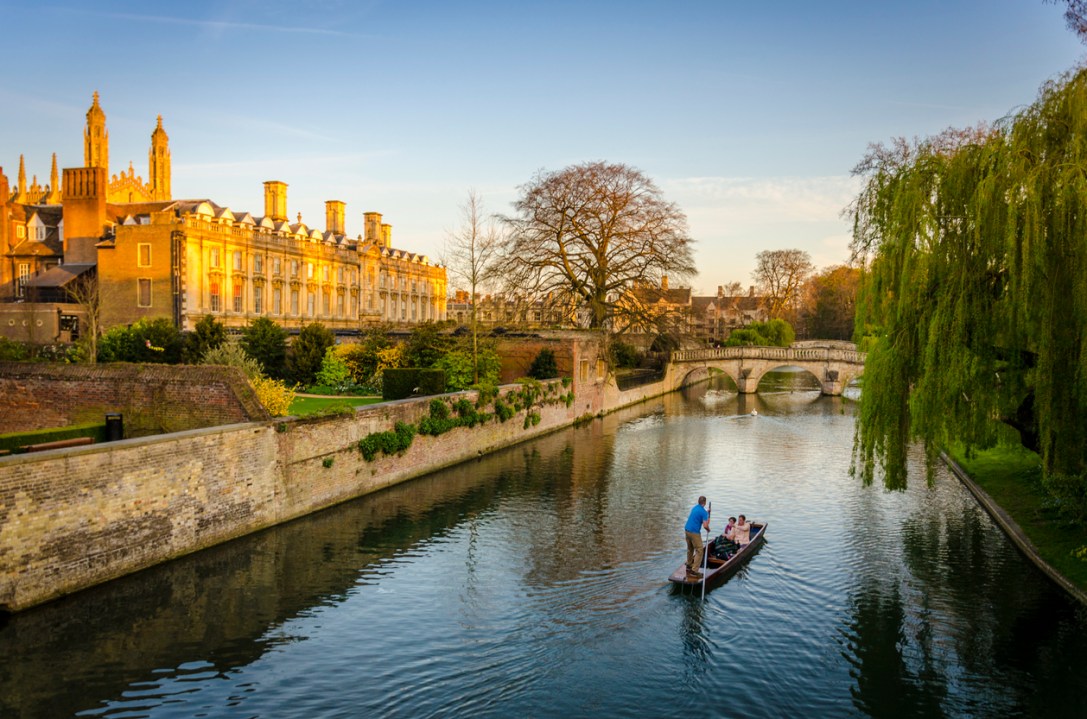Finding Cambridge’s ugly side isn’t easy, but a walking tour of the city promises to show you it. Uncomfortable Cambridge, which bills itself as the ‘perfect introductory tour’ of the city, suggests tourists are wrong to think this is a place of beauty. Rather, Cambridge is a place we should be ashamed of – or at least feel a bit awkward about.
The university is at the heart of the one-and-a-half hour tour, which costs £14 per person. Our guide begins by telling us that Cambridge isn’t as guilty as Oxford, which is good news – but it’s mostly downhill from there. St John’s College, where William Wilberforce and Thomas Clarkson studied, is the first target. Both men are commemorated with statues: Wilberforce’s is inside the chapel; Clarkson’s outside. Fair enough, you might think, given that these men helped to abolish the slave trade. But we’re asked whether we feel it’s right that the African anti-slavery activist Olaudah Equiano isn’t represented in marble.
Nuance, unfortunately, is something that gets lost in this version of history. We’re confronted halfway through the tour by a local who heckles the guide: ‘Are you the tour that focuses on all the bad bits?’
Our guide concedes that Equiano, who settled in Cambridgeshire after being freed from slavery himself, has a bridge named after him in the city. Admittedly it’s a rather ugly modern affair, at least compared with most of Cambridge’s bridges. We’re invited to conclude there’s something off with this failure to properly commemorate Equiano. Really? Or could it be that he simply has a more tenuous connection with the university?
Next stop is Gonville and Caius college, which hit the headlines in recent weeks for kicking up a stink over a talk about gender. The college has also been the site of more serious matters of debate: Stephen Hawking spent his life here. Until recently Ronald Fisher – the father of modern statistics – was commemorated in a window at the college where he was once president. No longer. His stance on eugenics mean he is now beyond the pale; the pane has been taken down. Clearly some of his views were troubling, but should we pretend he didn’t exist? If we’re to cancel people for their views on eugenics, lefty idols such as Bertrand Russell and George Bernard Shaw had better watch out.
The university isn’t the only location in the city to come in for disapproval from Uncomfortable Cambridge. The church of St Mary the Great in the city centre has a memorial to British soldiers who died in the Boer War. We’re reminded of Britain’s colonial sins in fighting this conflict. Should these men be commemorated? What gets lost in this discussion is that young men died far from home. Even if you think their fight was misguided, is there room to have sympathy with these fallen soldiers?

Nuance, unfortunately, is something that gets lost in this version of history. We’re confronted halfway through the tour by a local who heckles the guide: ‘Are you the tour that focuses on all the bad bits?’ she asks. ‘Make sure you remember the good stuff too.’ Her plea falls on deaf ears.
Of course, Cambridge’s troubles don’t start and end with the Uncomfortable Cambridge tour. The university is in the grip of a crisis of confidence about which memorials should stay and which should go. Jesus College, for instance, has engaged in a prolonged attempt to rid its chapel of a memorial to Tobias Rustat. There’s no respite from this sentiment in Cambridge’s Museum of Archaeology and Anthropology. Some of the museum’s artefacts are plastered with occasionally incomprehensible labels as part of the ‘represent’ exhibition. One on a Benin artefact tells us: ‘Here lies an incredibly artistic object of a people once called barbaric, primitive and savage negroes adorning European Museums. Stolen by the British in 1897, after an unwarranted massacre and burning of a self-surviving kingdom. These blood Benin arts can be likened to the Sierra Leone blood diamonds.’
What is meant by self-surviving isn’t obvious. But the label misses out Benin’s own troubled history of extraordinary violence and slave trading. It’s right that we examine Britain’s history of colonialism, but we shouldn’t be blind to the sins of other places too.

Thankfully, it’s still possible to visit Cambridge and avoid the hectoring. If you want a less sanctimonious tour, your best bet is Cambridge Tour Guides, which also offers a popular evening ghost tour of the spookier bits of the city. It’ll leave you feeling uncomfortable but at least not feeling lectured.
Other evening entertainment options include Cambridge’s ADC Theatre, which hosts the Footlights. There’s a fair amount of student dross on show but you might get lucky and catch a star of the future treading the boards.
The university’s Fitzwilliam Museum has escaped the worst of the lecturing you’ll find at the MAA. You can also appreciate the architecture of most of the colleges – particularly those on Kings’s Parade – by viewing them from the outside, especially from the Backs. But make sure you visit out of season: being a tourist in Cambridge in summer is no fun.

If walking isn’t your thing, the city’s Varsity hotel offers a lazy tour from its roof terrace. Being on the sixth floor in most cities would guarantee a good view only of the building next door, but while Cambridge’s skyline is stunning, it remains diminutive. From the bar, you can enjoy exceptional views across the city – in particular of St John’s – and get a sense of just how crowded with wonderful buildings the city is. The hotel’s rooms also offer exceptional views of Cambridge; suites on the higher floor, such as Magdalene, are named after the college of which you have the best view from your bed.
If you’re after a bird’s eye view, Great St Mary’s has a tower you can climb: because the church is so close to the most famous of Cambridge’s colleges, it’s a good starting point for getting your bearings in this crowded city. One museum worth seeing that falls off the radar for many tourists is the Polar Museum: it’s free to visit and has a wonderful collection that includes items from Scott’s doomed final journey.
Cambridge’s food scene has gone the way of London’s – and while that means the quality is exceptional, the prices can be astronomical too. The River Bar Steakhouse and Grill is the pick of a bunch for quality at a decent price – you’ll be walked through the best cuts of meat; get a window seat and you can enjoy views of the River Cam as you eat.
A trip to Cambridge also offers a chance to explore Cambridgeshire’s finest cathedral. The bad news is that it’s 16 miles outside of the city, in Ely; but the expedition is worth it if only to glimpse the Octagon tower. Its wooden lantern, finished in 1342, is a wonder of medieval engineering.
The Imperial War Museum at Duxford is also worth a trip: the slightly unappealing exterior houses Britain’s biggest aircraft collection, including Spitfires and Hurricanes that once took to the skies above here on their way across the North Sea. In summer, the IWM Duxford also hosts a series of air shows; the highlight is its recreation of the Battle of Britain in September. If you’re staying in Cambridge you’ll welcome the opportunity to escape the crowds of tourists plaguing the city at that time of year.
There’s plenty to enjoy in Cambridge – if, that is, you can ignore the city’s growing embarrassment about itself.
Bed and breakfast at Cambridge’s Varsity hotel starts from £145 a night for a double room.







Comments